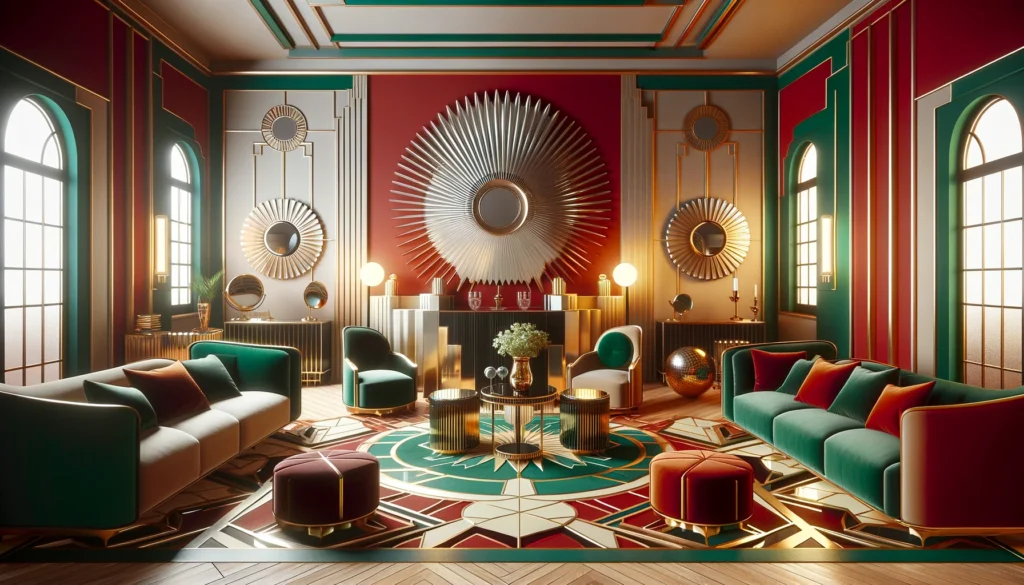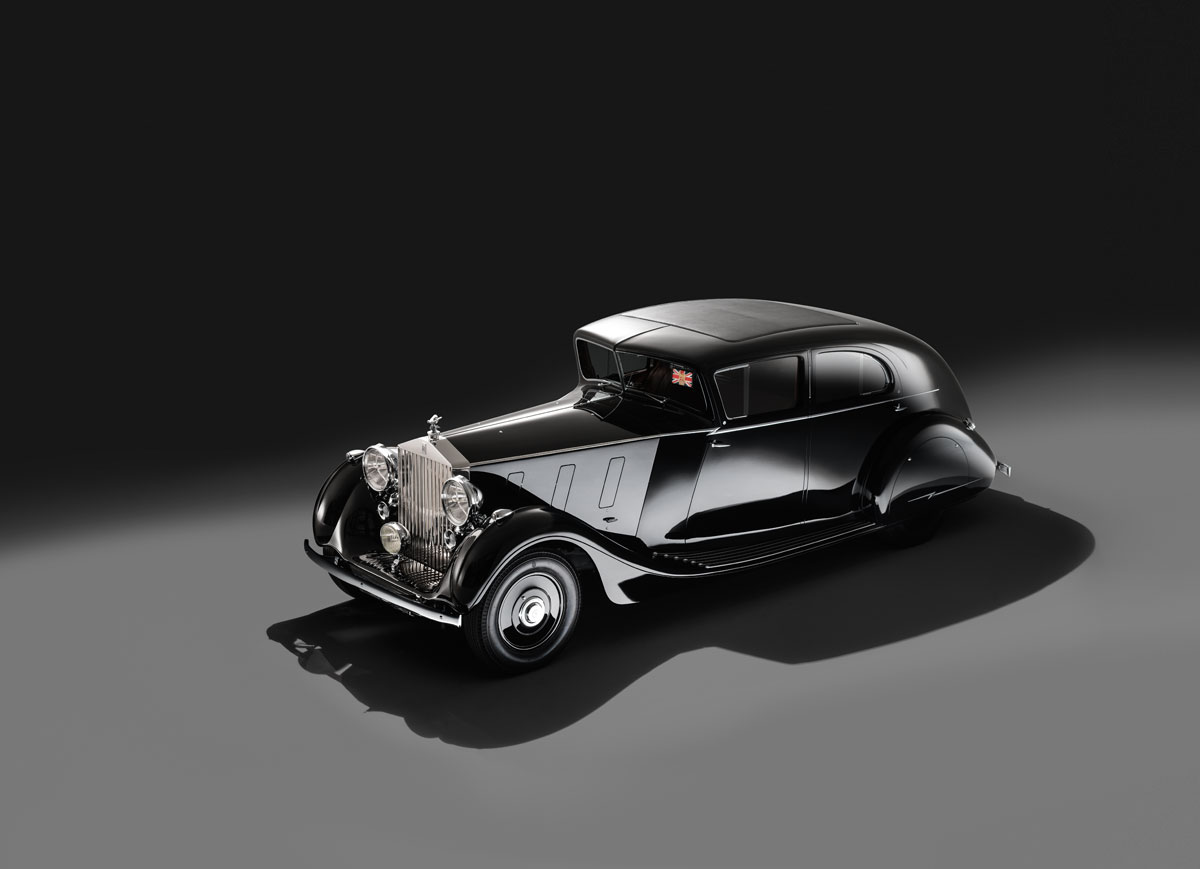The 1937 Rolls Royce Phantom III Mulliner Sports Saloon is a symbol of timeless luxury and masterful craftsmanship. In the annals of automotive history, few cars hold the same reverence and distinction as this exceptional vehicle. With its unparalleled design, mechanical innovation, and connection to some of the most celebrated coachbuilders in the world, the Phantom III Mulliner Sports Saloon represents the epitome of bespoke engineering and artistry.
This article delves deep into the rich history, meticulous craftsmanship, and lasting legacy of the 1937 Rolls Royce Phantom III Mulliner Sports Saloon Chassis, exploring the factors that have made it one of the most coveted automobiles ever made.
The Legacy of Rolls-Royce
Before examining the significance of the Phantom III, it’s essential to understand Rolls-Royce’s esteemed legacy. Established in 1904 by Charles Rolls and Henry Royce, Rolls-Royce quickly became synonymous with luxury, elegance, and unparalleled automotive engineering. Their commitment to creating “the best car in the world” was evident from the very first Silver Ghost model, which set new standards for performance and comfort.
Throughout the early 20th century, Rolls-Royce continued to refine its cars, introducing new innovations that placed the brand at the forefront of the luxury automobile market. The Phantom series, launched in 1925, cemented Rolls-Royce’s position as the preferred vehicle for royalty, celebrities, and industrial magnates.
Rolls-Royce’s Mechanical Marvel
The Phantom III, launched in 1936, was one of the most ambitious projects in Rolls-Royce’s history. It was the last model to be designed under the direct supervision of Henry Royce before his passing. The vehicle featured significant advancements in automotive technology, most notably its all-aluminum V12 engine. This was a bold departure from the six-cylinder engines of previous Phantom models and marked the company’s first attempt at creating a 12-cylinder engine.
The 1937 Rolls Royce Phantom III Mulliner Sports Saloon Chassis housed this remarkable engine, providing the car with unprecedented power, smoothness, and reliability. It was capable of producing 165 horsepower, allowing the Phantom III to cruise at high speeds with ease, all while maintaining the signature quietness and refinement expected of a Rolls-Royce.
Beyond the engine, the Phantom III introduced advanced features like independent front suspension, a synchromesh gearbox, and hydraulic shock absorbers. These innovations contributed to the car’s superb handling and comfort, even over long distances. Rolls-Royce spared no expense in ensuring that the Phantom III would stand as a mechanical masterpiece, blending cutting-edge technology with their tradition of luxurious motoring.
The Legendary Coachbuilder
While the Phantom III was a marvel of mechanical engineering, it was the collaboration with renowned coachbuilders that elevated this vehicle to an unparalleled level of artistry. Rolls-Royce traditionally supplied the chassis and engine, while individual coachbuilders crafted the body, tailoring each vehicle to the exact specifications of its buyer.
H. J. Mulliner & Co. was one of the most prestigious coachbuilders to partner with Rolls-Royce during this era. Established in the 18th century, Mulliner had a reputation for creating elegant, bespoke bodies for luxury automobiles, with a focus on traditional craftsmanship and meticulous attention to detail.
The 1937 Rolls Royce Phantom III Mulliner Sports Saloon Chassis was a collaboration between these two titans of automotive design. Mulliner was known for creating bodies that were not only aesthetically stunning but also highly functional. Their use of lightweight materials, advanced construction techniques, and an unerring eye for proportion resulted in cars that were both visually breathtaking and structurally sound.
Design and Craftsmanship
The 1937 Rolls Royce Phantom III Mulliner Sports Saloon Chassis stands as a masterpiece of automotive design. Every detail of this car was carefully considered, with craftsmanship and artistry at the forefront of its creation.
A Masterpiece of Art Deco Elegance

The exterior design of the Phantom III Mulliner Sports Saloon reflects the sophisticated Art Deco style that was popular during the 1930s. The long, sweeping lines of the body, combined with a low-slung silhouette, give the car an air of understated elegance and grandeur. The Mulliner bodywork is characterized by clean, unbroken surfaces, subtly accented by chrome detailing and the iconic Rolls-Royce grille.
The bold front grille, topped by the Spirit of Ecstasy mascot, remains one of the car’s most recognizable features. The headlights, elegantly integrated into the front fenders, further contribute to the car’s refined appearance. The meticulous craftsmanship can be seen in every curve and surface, from the flowing roofline to the perfectly balanced proportions of the car’s front and rear.
Interior Craftsmanship
Step inside the 1937 Rolls Royce Phantom III Mulliner Sports Saloon Chassis, and you are immediately enveloped in a world of opulence and comfort. The interior of the car was handcrafted to the highest standards, with every surface covered in the finest materials. The leather upholstery, wood veneer accents, and plush carpeting create an atmosphere of serene luxury, designed to cocoon passengers in comfort.
The attention to detail is extraordinary, with hand-stitched seats, meticulously inlaid wood, and polished chrome fittings. The dashboard, while functional, is also a work of art, with gauges and controls elegantly arranged for ease of use. Even the steering wheel, a functional piece of equipment, is beautifully crafted to fit seamlessly with the overall aesthetic of the interior.
Mulliner’s craftsmanship extended to every aspect of the car’s interior, from the custom-made luggage compartment to the intricate door handles and window cranks. No detail was too small, and every element was designed with the comfort and convenience of the owner in mind.
The Phantom III on the Road
The 1937 Rolls Royce Phantom III Mulliner Sports Saloon Chassis was not only a visual masterpiece but also a highly capable vehicle on the road. Its V12 engine provided a level of performance that was unheard of in luxury cars of the time. The engine’s smoothness and power made long-distance cruising effortless, while the advanced suspension system ensured a comfortable ride over even the roughest roads.
Despite its size and weight, the Phantom III handled with surprising agility, thanks to its independent front suspension and hydraulic shock absorbers. The car’s performance, combined with its luxurious interior, made it the vehicle of choice for long journeys, whether driving through the English countryside or traversing the highways of Europe.
Rarity and Collectability
The 1937 Rolls-Royce Phantom III Mulliner Sports Saloon Chassis is an incredibly rare and valuable car today. Only 727 Phantom III chassis were ever produced between 1936 and 1939, and many of these were fitted with bespoke bodies by various coachbuilders. Of these, the Mulliner-bodied Sports Saloons are some of the most sought-after, due to their exceptional craftsmanship and timeless design.
Collectors and enthusiasts prize these vehicles for their rarity, historical significance, and enduring beauty. Many Phantom III Mulliner Sports Saloons have been carefully restored to their original condition, with owners ensuring that every detail of the car is preserved, from the handcrafted leather seats to the precision-engineered V12 engine.
Owning a 1937 Rolls-Royce Phantom III Mulliner Sports Saloon Chassis is not just about possessing a car; it’s about owning a piece of automotive history, a testament to the art of coachbuilding and the engineering genius of Rolls-Royce.
Conclusion
The 1937 Rolls Royce Phantom III Mulliner Sports Saloon Chassis represents the pinnacle of luxury automotive craftsmanship. Its blend of cutting-edge engineering, elegant design, and bespoke coachwork make it one of the most revered vehicles in automotive history. Even today, the Phantom III Mulliner Sports Saloon continues to inspire admiration and awe, a true testament to the enduring legacy of Rolls-Royce and the artistry of Mulliner.
As a symbol of timeless luxury, the Phantom III remains a coveted classic among collectors and enthusiasts, a car that transcends mere transportation and becomes a work of art in its own right. For those fortunate enough to experience its grace, beauty, and performance, the 1937 Rolls Royce Phantom III Mulliner Sports Saloon Chassis is a reminder of an era when cars were not just machines but masterpieces of design and craftsmanship.





